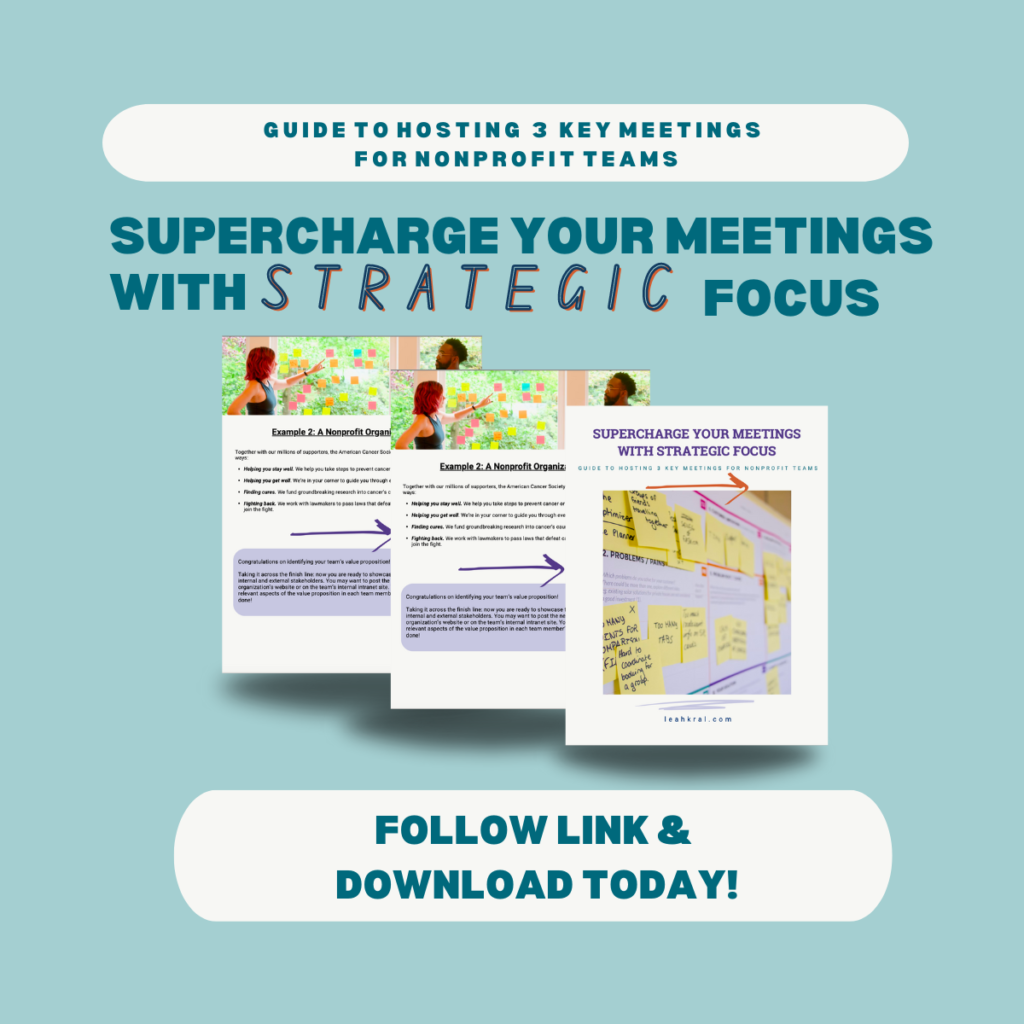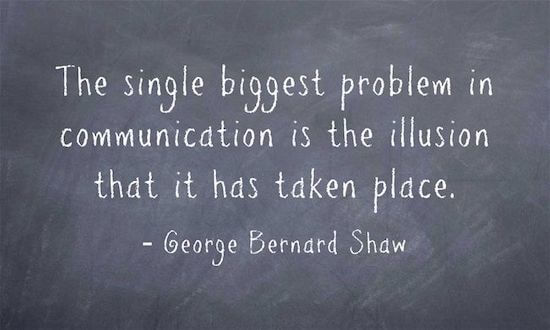One of my favorite marketing books is the bestselling Made to Stick: Why Some Ideas Survive and Others Die. It tells the story of Floyd Lee, a retired marine and army cook who came out of retirement to cook for soldiers in Iraq. He never thought of it as just another day cooking in the mess hall, saying, “As I see it, I am not just in charge of food service, I am in charge of morale.”
Lee and his team got out of their own heads and came to view their work from a higher vantage point. They knew their work was essential. They were providing nourishment to people doing stressful, dangerous work, far from home. By thinking about and communicating their work in this way, they were inspired, transcending the ordinary with delicious, savory meals. It brought joy and purpose to their work. They earned a reputation, admiration, and appreciation from the soldiers they served.
What it looks like when we fail to read the room
One Thursday evening I found myself at an orientation to be a weekend volunteer at a local nonprofit. There were a dozen or so of us, and we were curious and excited. The room quieted down as a senior executive walked to the front of the room and began talking about the nonprofit. But the way he spoke and his body language conveyed that he was just going through the motions. It became clear that what was foremost on his mind was, what can this pool of free labor do for me? There was no heart, no mention of the needs of the people the nonprofit served, and no mention of the value of the volunteer experience. Five minutes in, I found my interest in this nonprofit waning.
For a nonprofit that was counting on an army of volunteers to carry out much of its work, this orientation sucked all of the creative energy out of the room. I suspect I wasn’t the only prospective volunteer who, sensing dysfunction, didn’t go back. In hindsight I wonder, was anyone from the nonprofit’s staff aware of the vibe in the room?

Clearly, the team had not thought about the perspective of the volunteers they were unsuccessfully attempting to recruit. If only the executive might have used talking points like:
· You are here today because you have a desire to serve people in need, and for that we thank you! Our team will provide meaningful service opportunities for you.
· You are here to make a difference, and there will be meaningful face time with people in need.
· We work hard to match service opportunities with your unique talents and skills, to make the most of the generous gift of your time.
· You will become part of a community of service-oriented people who are passionate about this mission.
· You will be learning and building new skills in the social service profession.
If only they had presented it this way. This nonprofit needed to identify its value proposition for volunteers. A value proposition is easy to create, but it does require getting out of our own heads.
What is it you say you do around here?
In the spirit of Floyd Lee, how do you describe your work, the work of your team, or your organization?
The unfortunate volunteer orientation presenter described their work with an internal focused (what we do, how we work). It was mind-numbingly dull. It gave the impression they weren’t really thinking of their client at all. Floyd Lee and his team, on the other hand, described their work through the lens of the client (here’s what we do for you, here is how we make your life easier/better).
We might think we are communicating the value of what we do – but are we? We shouldn’t assume other people automatically get what we do. In the words of playwright George Bernard Shaw, “The single biggest problem with communication is the illusion that it has taken place.”
Is a value proposition worth the time it takes to write one?
Taking some time as a team to think about how we frame what we do can be helpful in the following ways:
· We want the people we are serving to easily understand and seek our services. We know what we do can help our clients – but do they? Are our services undervalued or underutilized?
· We need our own team to feel energized and motivated about our work and have professional pride and meaning. And feel empowered to be creative and solve problems.
· We need clarity and alignment. A clear team value proposition helps team members write individual performance goals and role descriptions.
· We need executive management to understand the true value of what we do. When a team isn’t on the same page with leadership about what good looks like, that can lead to problems down the road.
· We need our board and donors to understand the value and importance of our work, so they can provide meaningful advice.
Examples of nonprofit value propositions are available in my free how-to guide

For a free guide to leading your team through creating a value proposition and hosting other strategic meetings, sign up for my free Substack blog where I write about topics like these. (Current subscribers will receive this guide in the Substack subscriber chat).
The guide includes:
· How to identify your value proposition
· How to conduct a post project debrief
· Crafting a vision statement
And what about you? Does your organization or team have a compelling value proposition?
Image source: unsplash

